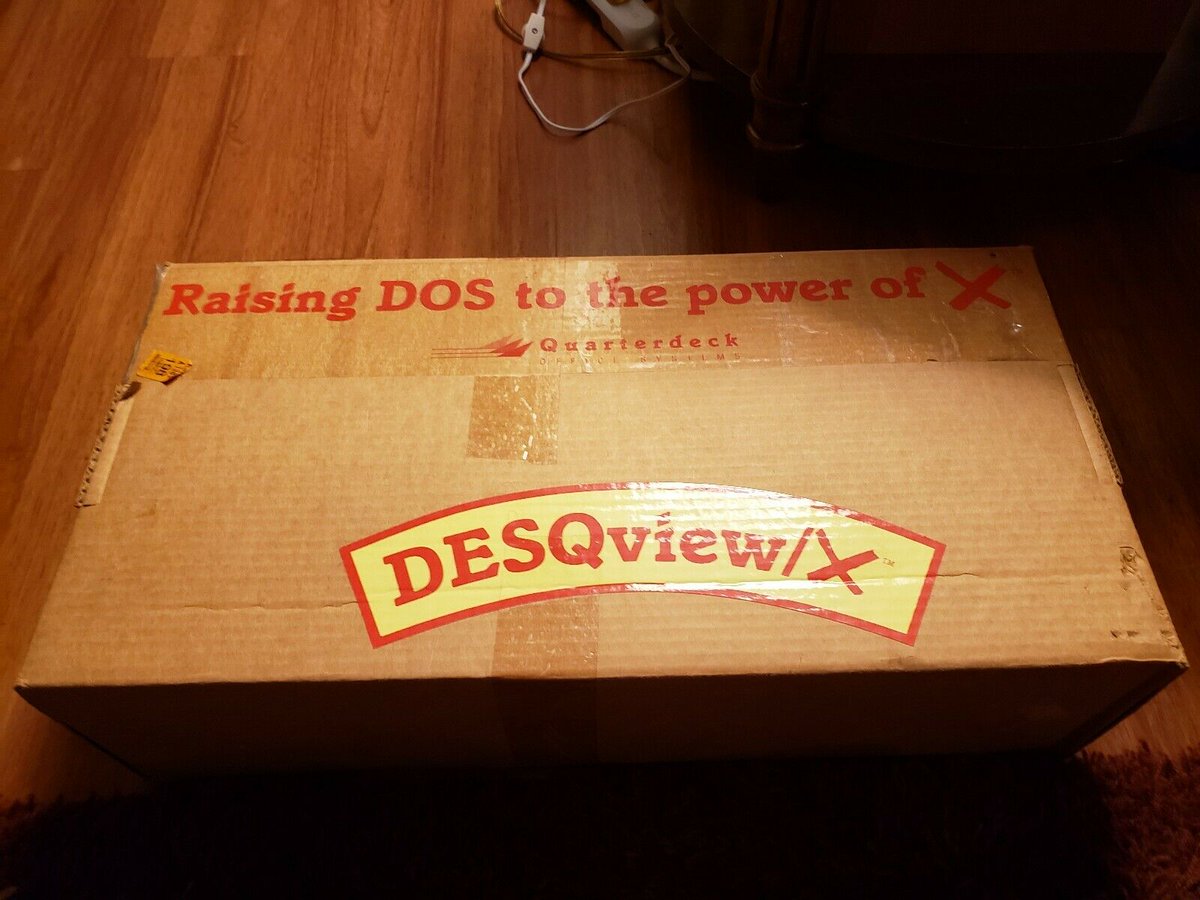Let's dig into this! I put the core headlines in the thread below 😎
Full read here: thib.ca/managing-bitco…
Thanks @Blockstream @wasabiwallet @SamouraiWallet @unchainedcap @CasaHODL @hodlwallet @GlacierProtocol and so many others!
@MtGox being the most obvious, but unfortunately far from being the only one.
Learning everyday from the best! Helping us shape a better understanding of Bitcoin for security, privacy, usability and many other things!🙏
@JackMallers
@giacomozucco
@francispouliot_
@LukeDashjr
@lopp
@starkness
@valkenburgh
@nic__carter
@fernandoulrich
@LarryBitcoin





